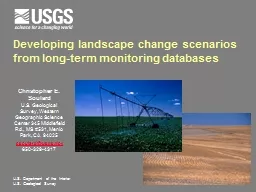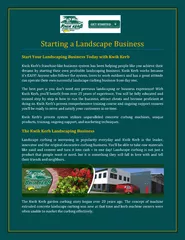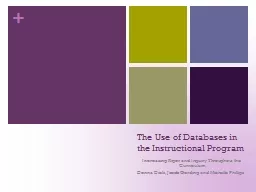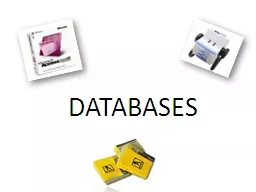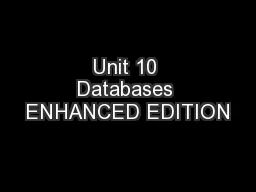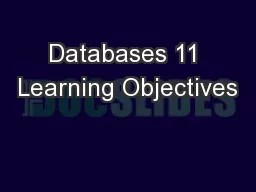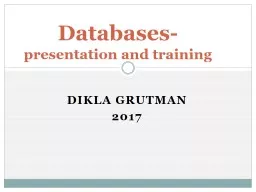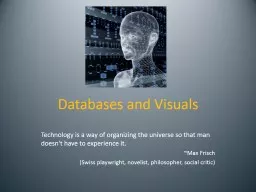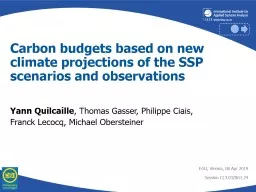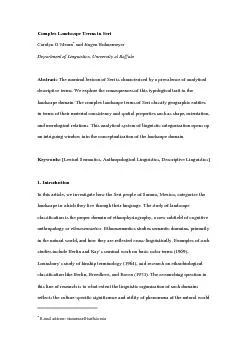PPT-Developing landscape change scenarios from long-term monitoring databases
Author : liane-varnes | Published Date : 2019-11-29
Developing landscape change scenarios from longterm monitoring databases Christopher E Soulard US Geological Survey Western Geographic Science Center 345 Middlefield
Presentation Embed Code
Download Presentation
Download Presentation The PPT/PDF document "Developing landscape change scenarios fr..." is the property of its rightful owner. Permission is granted to download and print the materials on this website for personal, non-commercial use only, and to display it on your personal computer provided you do not modify the materials and that you retain all copyright notices contained in the materials. By downloading content from our website, you accept the terms of this agreement.
Developing landscape change scenarios from long-term monitoring databases: Transcript
Download Rules Of Document
"Developing landscape change scenarios from long-term monitoring databases"The content belongs to its owner. You may download and print it for personal use, without modification, and keep all copyright notices. By downloading, you agree to these terms.
Related Documents

